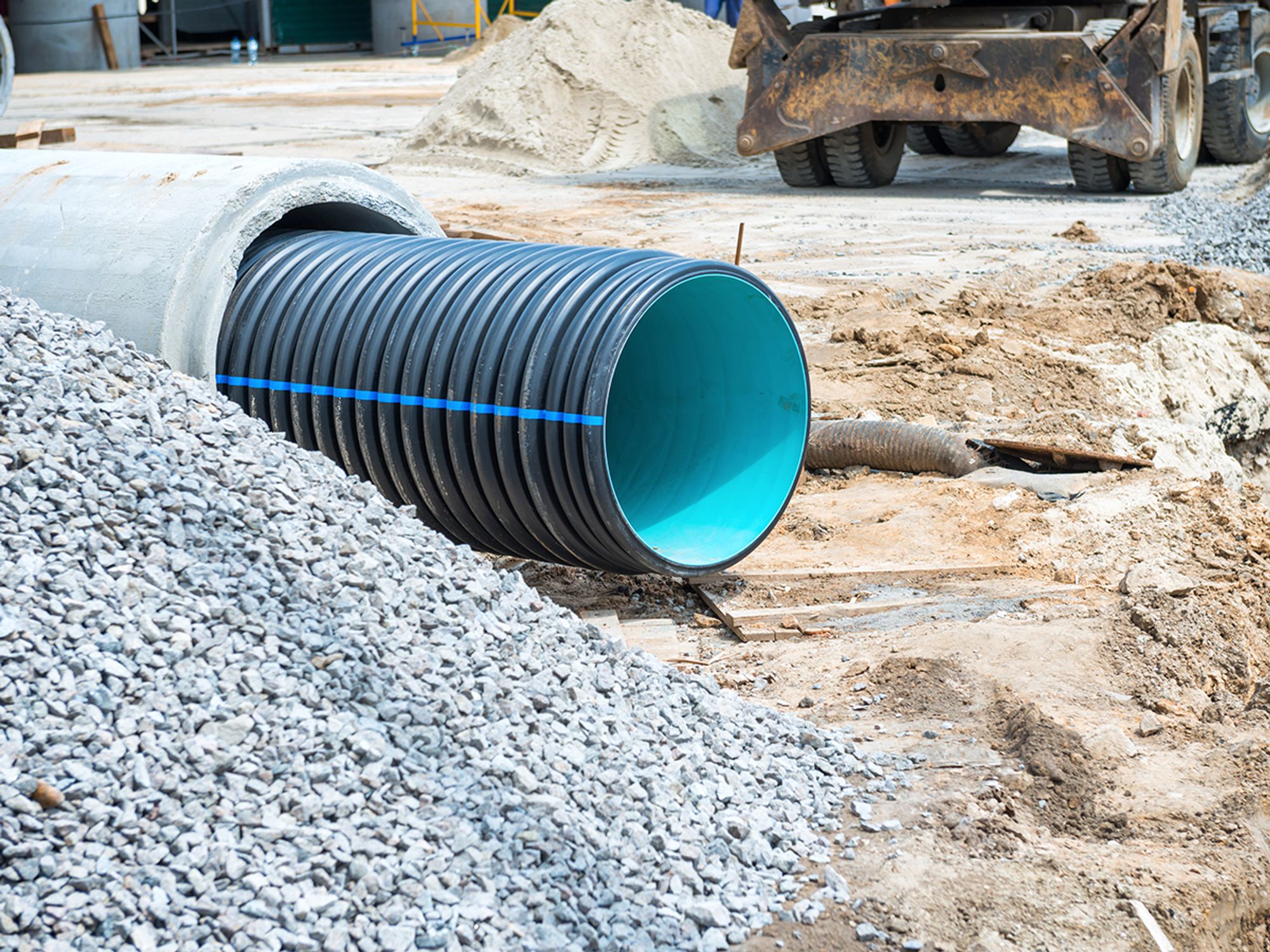Construction stormwater permits

- Construction operators intending to seek coverage under the CGP must submit a NOI certifying that they have met the permit’s eligibility conditions and that they will comply with the effluent limits and other requirements.
- The NPDES stormwater program requires permits for discharges from construction activities that disturb one or more acres, and from smaller sites that are part of a larger common plan of development or sale.
Stormwater discharges from construction activities that disturb one or more acres, or smaller sites that are part of a larger common plan of development or sale, are also regulated under the National Pollutant Discharge Elimination System (NPDES) stormwater program. Before any stormwater can leave the site, construction operators must obtain coverage under a NPDES permit. This permit will either be administered by the state, or by the Environmental Protection Agency (EPA), depending upon where the site is located.
Where EPA is the permitting authority, construction stormwater discharges are almost always permitted under the Construction General Permit (CGP). The CGP requires compliance with effluent limits and other permit requirements, such as the development of a Stormwater Pollution Prevention Plan (SWPPP).
Notice of Intent (NOI)
Construction operators intending to seek coverage under the CGP must submit a Notice of Intent (NOI) certifying that they have met the permit’s eligibility conditions and that they will comply with the permit’s effluent limits and other requirements. Use EPA’s eNOI system to submit NOIs, or submit NOIs for the Multi-Sector General Permit, Pesticides General Permit, and Vessel General Permit at www.epa.gov/npdes/electronic-notice-intent-enoi.
Construction General Permit
Most states are authorized to implement the NPDES stormwater program for regulated construction stormwater discharges. EPA’s 2017 permits apply only in a handful of states where EPA remains the permitting authority. Many states have additional permitting requirements covering construction stormwater activities.
EPA 2017 CGP coverage is available for operators of eligible construction activities in the following areas:
- Idaho, Massachusetts, New Hampshire, New Mexico, District of Columbia;
- American Samoa, Guam, Johnston Atoll, Midway and Wake Islands, North Mariana Islands, Puerto Rico;
- Indian Country lands within Alaska, Arizona, California, Colorado, Connecticut, Idaho, Iowa, Kansas, Louisiana, Massachusetts, Michigan, Minnesota, Montana, Nebraska, Nevada, New Mexico, New York, North Dakota, Oklahoma, Oregon, Rhode Island, South Dakota, Texas, Utah, Vermont, Washington, Wisconsin, Wyoming;
- Areas within Colorado, Delaware, Vermont, Washington subject to construction by federal operators;
- Limited areas of Oklahoma and Texas.
2017 Construction General Permit
On January 11, 2017, EPA issued the 2017 stormwater Construction General Permit (CGP) under the NPDES. The new permit took effect at midnight on February 16, 2017.
Information for the CGP can be found online, including the permit itself, a fact sheet, and supporting information. See www.epa.gov/npdes/epas-2017-construction-general-permit-cgp-and-related-documents.
Modifications to the 2017 CGP
EPA issued final modifications to the CGP on May 28, 2019. The modified permit replaces several conditions in the original 2017 CGP and relevant fact sheet sections. All other permit conditions remain the same. In addition, the permit still expires on February 16, 2022.
Note: The modification does not affect permit coverage and no action is required of existing operators regarding the authorization to discharge under the CGP. If a facility is covered under the 2017 CGP, the facility will still be covered under the modified permit.
Note: The modification applies to the federal CGP only and does not affect state-issued permits.
Who needs a permit?
The NPDES stormwater program requires permits for discharges from construction activities that disturb one or more acres, and discharges from smaller sites that are part of a larger common plan of development or sale.
Construction stormwater permits include:
- Effluent limits for erosion and sediment control,
- Pollution prevention, and
- Site stabilization.
